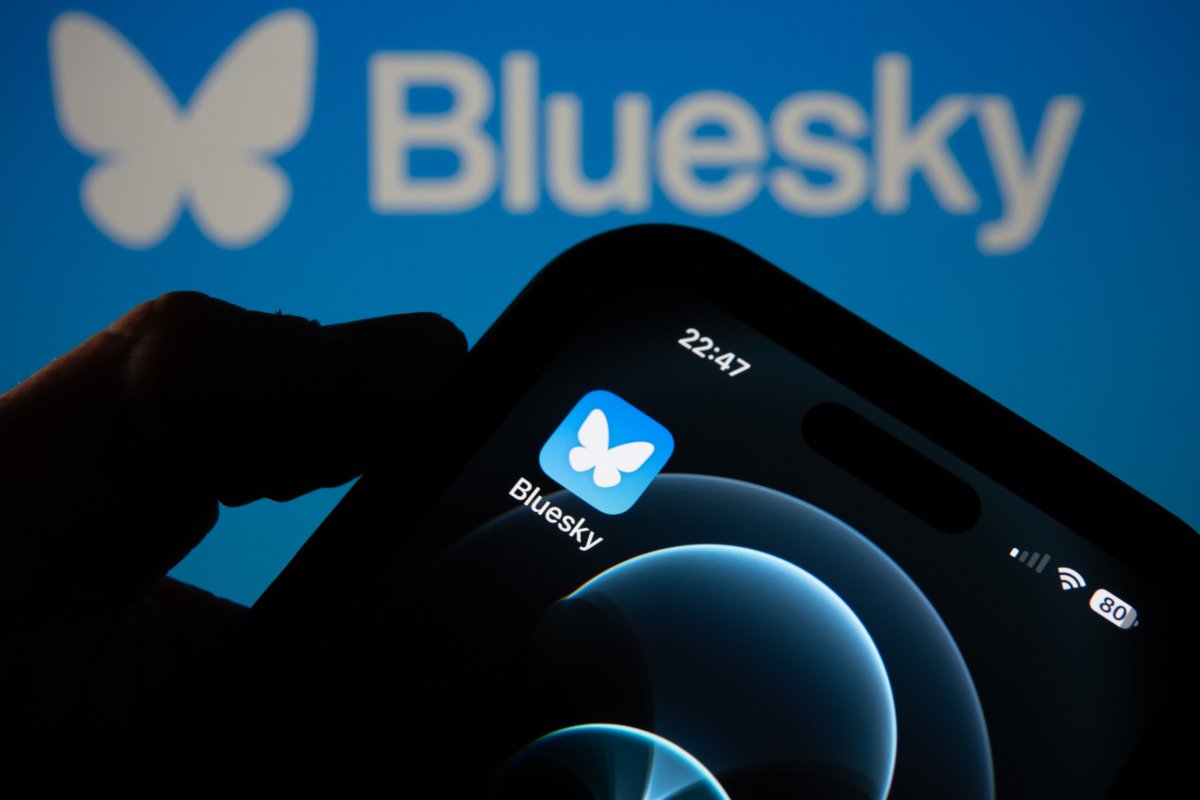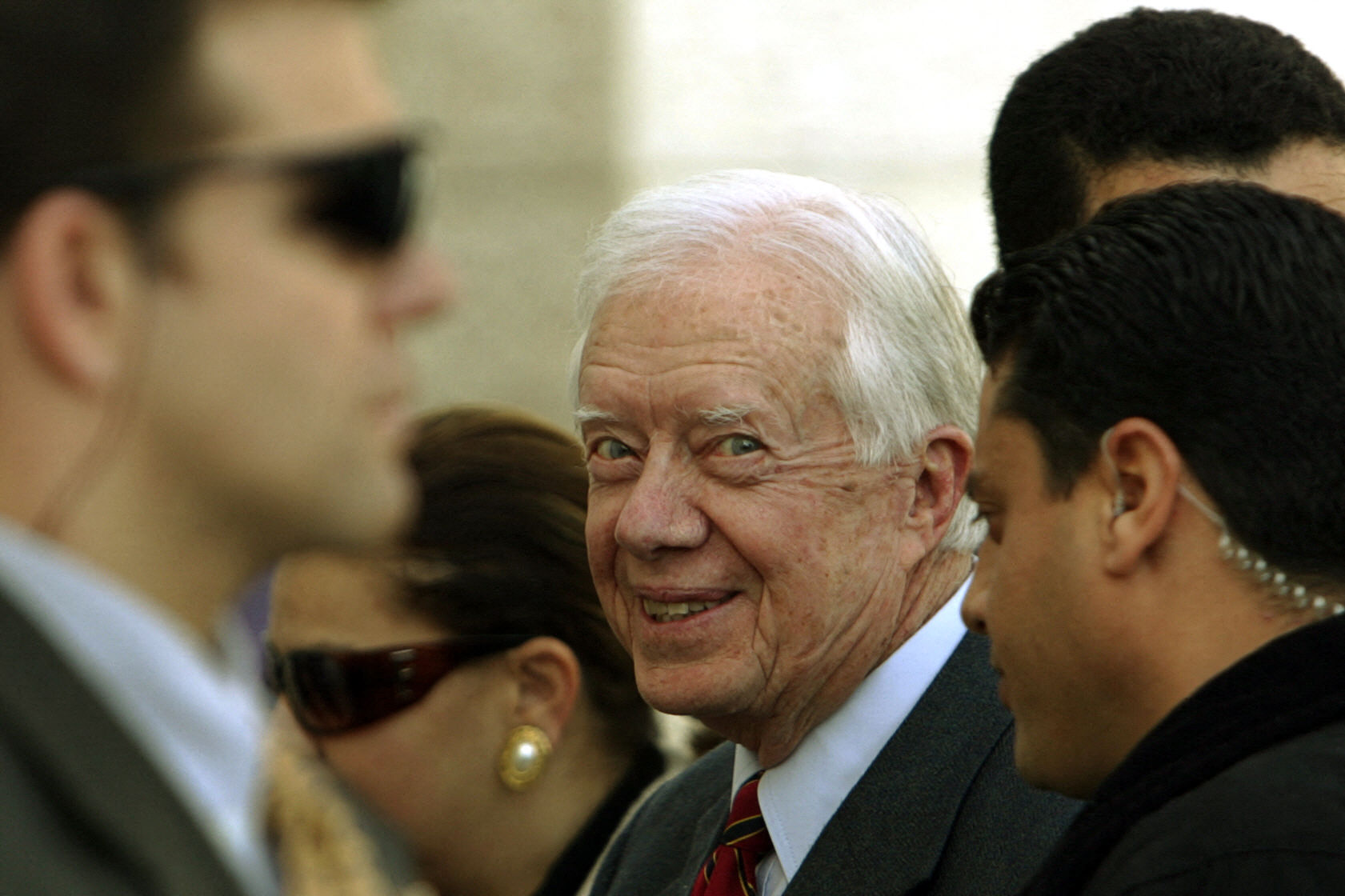With many users leaving Elon Musk's X (formerly Twitter), the decentralized social media platform Bluesky has recently experienced an unprecedented surge in user sign-ups.
With over a million new users joining daily, the platform now boasts more than 19 million users globally. At the forefront of this rapid growth is Jay Graber, the CEO of Bluesky, whose vision is reshaping the landscape of social networking.
But who is Graber, and what does this surge mean for the future of social media?
Who Owns Bluesky?
Bluesky was initially conceived as a project within Twitter in 2019, inspired by Twitter co-founder Jack Dorsey's vision of creating a "decentralized" social network.
The idea was to develop an open protocol that would allow independent developers to build their own social networks on top of it, giving users more control over their online identities and experiences.
In 2021, Bluesky became an independent public benefit corporation, separating itself from Twitter. This move was strategic, ensuring the project could continue its mission regardless of changes within Twitter's corporate structure.
"I insisted we spin out as a separate company," Jay Graber told The Verge in March. "If the captain changes or if that support left, then I would lose institutional support for Bluesky, and I really wanted this project to exist."
Bluesky was initially financed with a grant from Twitter but severed ties after Elon Musk acquired Twitter in 2022. Since then, Bluesky has raised over $23 million in venture funding from private investors.
When Did Jay Graber Become CEO?
Graber, a software engineer with a background in decentralized technology, became the CEO of Bluesky in 2021. Before joining Bluesky, she had been actively involved in the decentralized web movement and had published research on decentralized social networks.
Her journey with Bluesky began when she was invited to participate in discussions about creating a decentralized protocol for social media. Impressed by her vision, Twitter selected her to lead the project.
"I was one of the experts that they pulled into this small chat room with a group of people who seemed to know what they were talking about," Graber told The Verge. She pushed for Bluesky to become an independent entity, a move that proved prescient given Twitter's subsequent changes in ownership.

Jay Graber's Politics
While Graber has been a vocal advocate for decentralization and user empowerment in technology, she has maintained a relatively private stance on her political views. Her work focuses on creating open ecosystems prioritizing user choice and freedom from centralized control.
In interviews, Graber emphasizes the importance of building social networks that serve the users rather than corporate interests.
"We want to build something that makes sure users have the freedom to move, and developers have the freedom to build," she recently told The New York Times.
Her approach aligns with a broader movement in the tech industry advocating for decentralized platforms that reduce big tech companies' power over user data and content moderation.
Influx of New Bluesky Users from the US, Canada, UK
The recent surge in Bluesky's user base can be attributed to a combination of factors, including growing dissatisfaction with traditional social media platforms, particularly X. Following the U.S. election, Bluesky saw an influx of over 5.5 million users, bringing its current total to more than 19 million.
Emily Liu, a spokesperson for Bluesky, told Newsweek, "Bluesky now has 19M+ users, and we've added over a million new users per day for the last few days. That's an increase of over 5.5M people since the U.S. election. Most of our new users are coming from the US, Canada, and the UK, though users from other countries are steadily increasing as well."
Liu said the platform's appeal lies in its differences from traditional social networks, "Bluesky is fundamentally different from other social platforms because we're an open ecosystem that prioritizes user choice. Custom feeds are one example of this. Bluesky is built to return choice to users, give developers the freedom to build, and make creators independent from platforms."
The platform's explosive growth hasn't been without challenges. The New York Times reports that Bluesky has experienced site outages and technical glitches due to the rapid influx of users.
"We as a team take pride in our ability to scale quickly," Graber said. "But there's always some growing pains."
Graber envisions a future where social media is built "by the people, for the people," as she said in an interview with Wired in February.
"I want people to be using this, to have social be a playground for innovation again," she said.








![SOURCE SPORTS: [WATCH] Mets Capt. David Wright Gives Interesting Insight On The Honor Of His Jersey Retirement In Citi Field](https://thesource.com/wp-content/uploads/2025/01/01fs75fy836w8mp4ytwr.webp)











 English (US) ·
English (US) ·